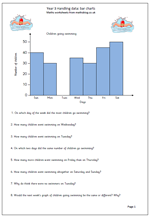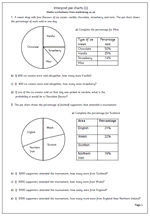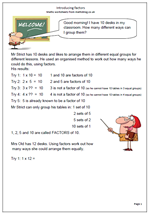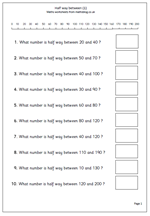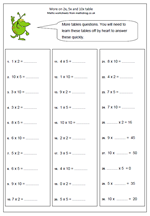One of the earliest stages of data handling is to be able to sort and a lot of practical work can be done, such as tidying up a drawer of pens, pencils, paper clips etc. Don’t underestimate this type of practical activity as it is important for children learning to group and order objects.
The next stage is to be able to record the results and here we have a simple page where the two sets of shapes can be sorted and recorded on the columns.
The outlines of the cylinders and cubes are provided and it is just a matter of counting the number of each shape and recording by colouring the correct number on the columns.
The task can be extended by providing real cubes, keeping to two or three colours and recording how many there are in columns.
This page can be found in our Handling Data section for Year 1.



